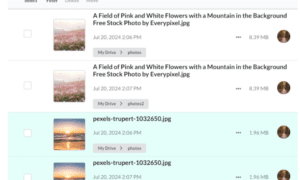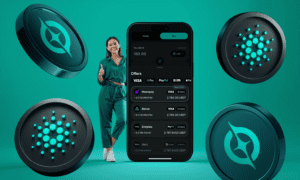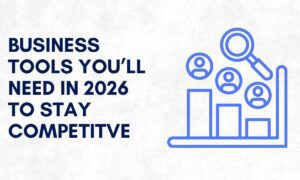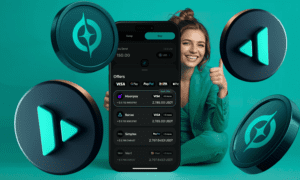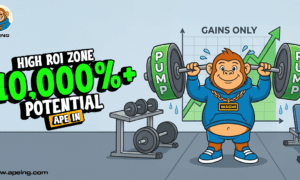About 99% of adults in the US think they have some entrepreneurial skills, according to a study that was carried out by the University of Phoenix in the United States. From the study, it is clear that many people believe they can solve societal problems. People who think like Intrapreneurs (“a manager within a company who promotes innovative product development and marketing”) or Entrepreneurs ( “a person who organizes and manages any enterprise, especially a business…”) are more motivated and possess excellent skills and problem-solving abilities for innovation.
As long as consumers are facing problems, Intrapreneurs and Entrepreneurs will always look for solutions. They search for better, faster, and smarter methods to accomplish everyday tasks. Fortunately, there is still room for improvement in most existing processes and products. However, to be a successful Intrapreneur or Entrepreneur, you need to embrace the best practices for innovation and problem-solving. But what are these practices?
1) Trying to Solve Problems
Google made search easier and better, Amazon made online selling and buying simple, Netflix resolved on-demand streaming media and Uber is trying to make Taxi service better. What can you make better or smarter?
What are problems in your society that you think you can solve without much struggle? If you want to grab the attention of your customers, start by solving their problems. If your product or service is not a must-have, find a new way to solve a pressing need. Try to identify crucial problems that you can successfully execute and provide to the market.
For example, Onescan is a UK fintech company that has solved money transfer problems. The company has provided a mobile payment platform. It had simplified and enabled people to make online payments in a very short time. Since its establishment in 2012, the company has won many awards in the “tech” and “start-up” spheres. In short, the company has demonstrated that solving an existing problem is among the best practices in Intrapreneurship and Entrepreneurship.
2) Being Passionate
Being passionate is one of the best practices for Intrapreneurs and Entrepreneurs. Your business ought to be your passion. Entrepreneurs solve problems that they have identified with passion. Passion for work will ensure you are enjoying your work even when you are facing difficulties,
The journey to Intrapreneurship and Entrepreneurship needs commitment, perseverance, and inspiration, hence the need to have an occupation you are passionate about.
According to Drew Houston (American Internet entrepreneur and CEO of Dropbox), the happiest and most prosperous people don’t just love what they do but they are obsessed with looking for solutions to important problems. No person wants to start a business that will fail. Therefore, do your homework and ensure you are passionate about a business you are about to start.
3) Progressively Disclose Ideas
Successful Intrapreneurs and Entrepreneurs progressively disclose and share ideas. Using this practice, Intrapreneurs or Entrepreneurs get information across many groups. Entrepreneurs disclose ideas to get early support for their idea, whereas Intrapreneurs use progressive disclosure to get access to organizational talent and resources to build consensus. Therefore, to grow entrepreneurial skills to enhance innovation, organizations should promote brainstorming sessions, share the company’s goals and vision and encourage creative thinking.


